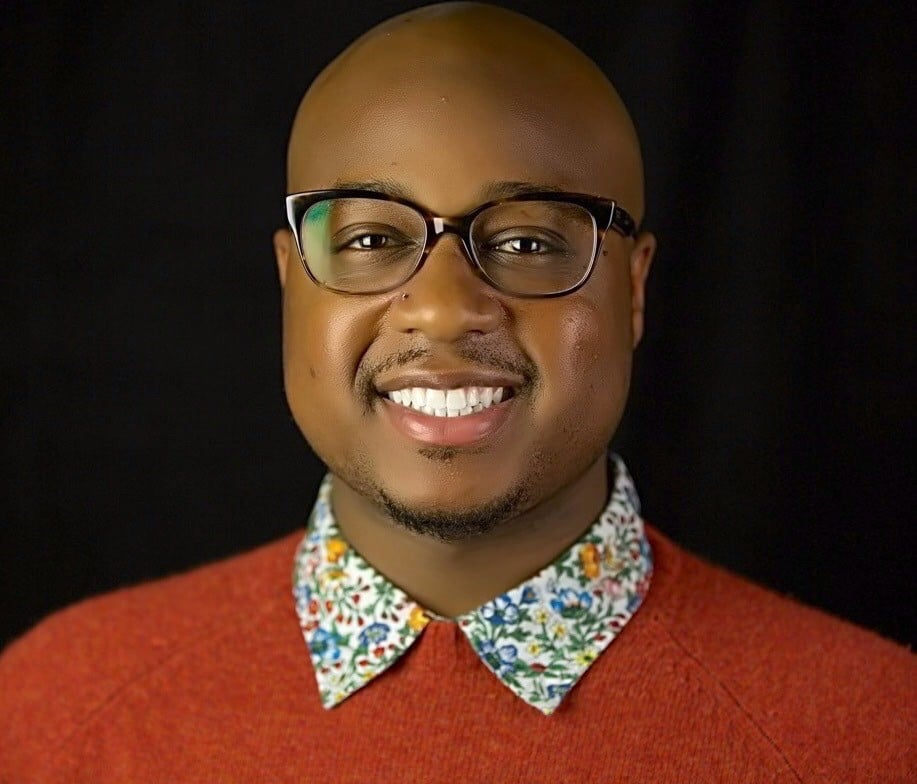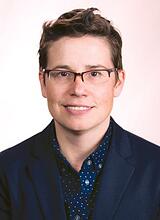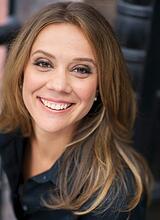 LaMar Timmons-Long is a vibrant educator who believes that every student deserves access to an equitable and high-quality education. His main work centers around racial linguistics, anti-racist education, intersections between literacy, social justice, and language, as well as students experiencing disabilities.
LaMar Timmons-Long is a vibrant educator who believes that every student deserves access to an equitable and high-quality education. His main work centers around racial linguistics, anti-racist education, intersections between literacy, social justice, and language, as well as students experiencing disabilities.
LaMar teaches English in New York City, where he began his career after obtaining his Bachelor of Science in English Education, 7-12, from SUNY Buffalo State. He holds a Master of Education in Special Education and is currently finishing his advanced graduate certificate in Teaching English to Speakers of Other Languages (TESOL) from Pace University. LaMar has taught middle and high school grades and serves as a student advisor.
LaMar is a proud member of NCTE, where he serves as a member of the LGBTQ Advisory Committee. His writing and work can be found at the NCTE blog, the #31daysBIPOC project, and the Educator Collaborative. A compelling and contemporary voice in the advocacy for BIPOC and LGBTQ youth, LaMar bridges pedagogy with practice, personal with professional, whether teaching students in his NYC school or presenting to teachers at national conferences. This commitment to student learning and quality education guides LaMar’s focus on the use of literature to advocate for marginalized voices and as a means of promoting social justice within the classroom.
You can reach him via Twitter at @teachltl or email at lamar.timmons.long@gmail.com
 Kate Roberts is a national literacy consultant, top-selling author, and popular keynote speaker. She taught reading and writing in Brooklyn, NY and worked as a literacy coach before joining the Teachers College Reading and Writing Project in 2005, where she worked as a Lead Staff Developer for 11 years. Kate's latest book, A Novel Approach, asks how we can teach whole class novels while still holding onto student centered practices like readers workshop. She is also the co-author of Falling in Love with Close Reading (with Christopher Lehman), DIY Literacy (with Maggie Beattie Roberts), and she co-wrote two Units of Study books on Literary Essay. Her work with students across the country has led to her belief that all kids can be insightful, academic thinkers when the work is demystified, broken down and made engaging. To this end, Kate has worked nationally and internationally to help teachers, schools, and districts develop and implement strong teaching practices and curriculum.Follow Kate on Twitter @TeachKate and KateAndMaggie.com
Kate Roberts is a national literacy consultant, top-selling author, and popular keynote speaker. She taught reading and writing in Brooklyn, NY and worked as a literacy coach before joining the Teachers College Reading and Writing Project in 2005, where she worked as a Lead Staff Developer for 11 years. Kate's latest book, A Novel Approach, asks how we can teach whole class novels while still holding onto student centered practices like readers workshop. She is also the co-author of Falling in Love with Close Reading (with Christopher Lehman), DIY Literacy (with Maggie Beattie Roberts), and she co-wrote two Units of Study books on Literary Essay. Her work with students across the country has led to her belief that all kids can be insightful, academic thinkers when the work is demystified, broken down and made engaging. To this end, Kate has worked nationally and internationally to help teachers, schools, and districts develop and implement strong teaching practices and curriculum.Follow Kate on Twitter @TeachKate and KateAndMaggie.com
 Maggie Beattie Roberts began her teaching career in the heart of Chicago and then pursued graduate studies as a Literacy Specialist at Teachers College, Columbia University. She worked as a staff developer for the Teachers College Reading and Writing Project for nearly ten years where she led research and development in digital and media literacy, as well as differentiated methods of teaching and content area literacy.
Maggie Beattie Roberts began her teaching career in the heart of Chicago and then pursued graduate studies as a Literacy Specialist at Teachers College, Columbia University. She worked as a staff developer for the Teachers College Reading and Writing Project for nearly ten years where she led research and development in digital and media literacy, as well as differentiated methods of teaching and content area literacy.
Maggie is currently a national literacy consultant, guest teacher, author, and frequent presenter at national conferences. She is committed to helping teachers tap into the power of their own deep engagement in reading and writing, and leads school-wide staff development around the country. She is happiest teaching alongside teachers in their classrooms. She is co-author of the popular book, DIY Literacy: Teaching Tools for Differentiation, Rigor, and Independence (with Kate Roberts), and authored several Heinemann Unit of Study books on the teaching of writing. Her latest article, Thinking While Reading: The Beautiful Mess of Helping Adolescents Learn and Celebrate How Their Minds Work (co-authored with Kristen Robbins Warren), is featured in the December 2016 issue of NCTE's middle school journal, Voices from the Middle. You can learn more about Maggie’s work, as well as access videos and other resources, at KateAndMaggie.com.
Follow Maggie on Twitter: @MaggieBRoberts



